Trademark Registration: Avoid These Common Challenges and Mistakes
Registering a trademark is a crucial step in protecting a company's intellectual property and securing long-term competitive advantages. However, entrepreneurs often face common challenges during the trademark registration process, which can lead to rejection or insufficient protection. This article highlights common trademark registration mistakes and provides actionable tips on how to avoid them.
1. Insufficient Trademark Research Before Filing
One of the most frequent mistakes in the trademark registration process is failing to conduct thorough trademark research before submitting your application. Skipping this critical step can result in your trademark conflicting with an existing one, leading to rejection or costly legal disputes.
1.1 The Importance of Trademark Research
Trademark research helps identify potential conflicts with existing marks. It ensures that your trademark is distinct and not confusingly similar to others already in use.
1.2 Tips for Effective Trademark Research
Use official trademark databases: Access resources from the German Patent and Trademark Office (DPMA), the European Union Intellectual Property Office (EUIPO), and the World Intellectual Property Organization (WIPO) for comprehensive trademark searches.
Seek professional trademark help: A trademark attorney can assist with conducting a thorough search to avoid future complications.
Consider similar marks: Research not just identical trademarks but also those that could cause confusion.
2. Choosing a Too Generic Trademark
Another common mistake is selecting a trademark that is too generic or descriptive. Generic trademarks cannot be protected as they are widely used and don’t signify the origin of the goods or services.
2.1 Understanding Generic vs. Distinctive Trademarks
Generic trademarks: These are common terms that describe the goods or services (e.g., "Car" for a vehicle).
Distinctive trademarks: These are unique terms that set your brand apart (e.g., "Apple" for computers).
2.2 Tips for Choosing a Strong Trademark
Creativity and uniqueness: Select a trademark that is unique and stands out from common industry terms.
Use inventive or fanciful terms: Consider invented words or combinations that have no direct connection to the product or service.
Secondary meaning: In certain cases, a generic trademark can acquire distinctiveness over time through extensive use and public recognition.
3. Unclear Definition of Goods and Services
A common registration mistake is providing a vague or overly general description of the goods or services the trademark will cover. A poorly defined trademark application can create difficulties in enforcement and leave your trademark vulnerable to challenges.
3.1 Why Clear Trademark Classification Matters
An accurate and clear definition of your goods and services is crucial for ensuring that your trademark enjoys full protection. Using the Nice Classification helps specify and categorize the products or services tied to your trademark.
3.2 How to Ensure a Precise Trademark Definition
Use the Nice Classification: This internationally recognized system helps accurately describe the scope of protection.
Be specific: Provide detailed descriptions of your goods and services to minimize any ambiguity.
Future-proof your definition: Consider potential business expansion and include future product lines in the trademark description.
4. Neglecting an International Trademark Strategy
For businesses operating internationally, failing to develop an international trademark strategy can lead to issues. A trademark registered in one country may not be protected elsewhere, leaving your brand vulnerable to infringement.
4.1 The Importance of Global Trademark Protection
Registering a trademark internationally is essential for safeguarding your brand across borders and preventing legal conflicts in foreign markets.
4.2 Tips for International Trademark Registration
EU Trademark Registration: If you’re operating in Europe, consider registering a Union trademark with the EUIPO, which covers all member states.
Madrid System: Use the Madrid Agreement for a streamlined process to register your trademark in multiple countries at once.
Consult local attorneys: Work with local trademark professionals to ensure your trademark is properly protected in specific regions.
5. Failing to Monitor and Defend Your Trademark
Even after successfully registering your trademark, neglecting to monitor and defend it can result in third-party infringements that go undetected, potentially weakening your brand’s protection.
5.1 Why Ongoing Trademark Monitoring Is Essential
Regularly monitoring your trademark helps detect potential infringements early. Prompt action ensures the exclusivity of your brand remains intact.
5.2 Tips for Monitoring and Defending Your Trademark
Use trademark monitoring services: Consider subscribing to specialized services that track possible infringements.
Respond quickly: Take action by sending cease-and-desist letters or initiating legal proceedings when necessary.
Document trademark use: Keep records of your trademark’s use to prove active use in case of disputes.
Why Legal Support Is Crucial for Trademark Registration
Navigating the trademark registration process can be complex and challenging. Having legal support from an experienced trademark attorney can help you avoid common pitfalls and ensure that your trademark is properly protected. With professional guidance, you can address issues like inadequate research, generic trademarks, and international protection before they become major problems.
The Benefits of Flat-Fee Trademark Services
At our firm, we offer flat-fee trademark services, which means you’ll know exactly what you’re paying for upfront without any hidden costs. This approach provides clarity and peace of mind as you navigate the trademark registration process. With our legal expertise, you can make informed decisions that maximize your trademark protection, all at a predictable and affordable price.












